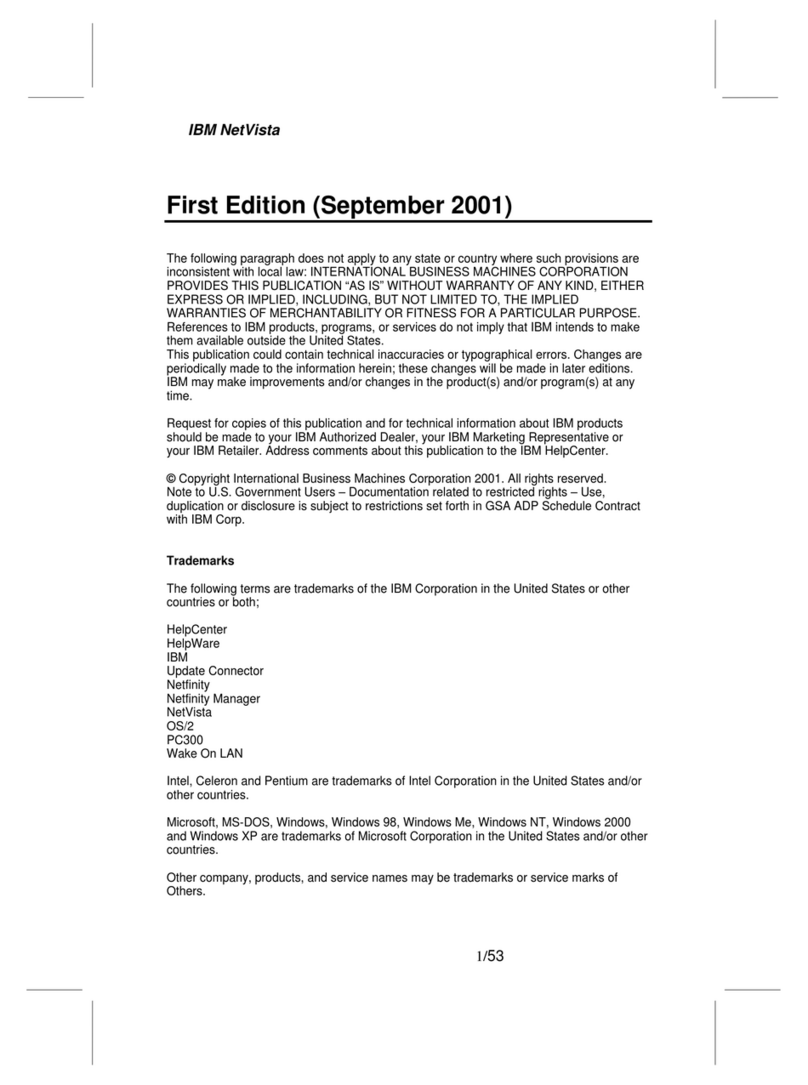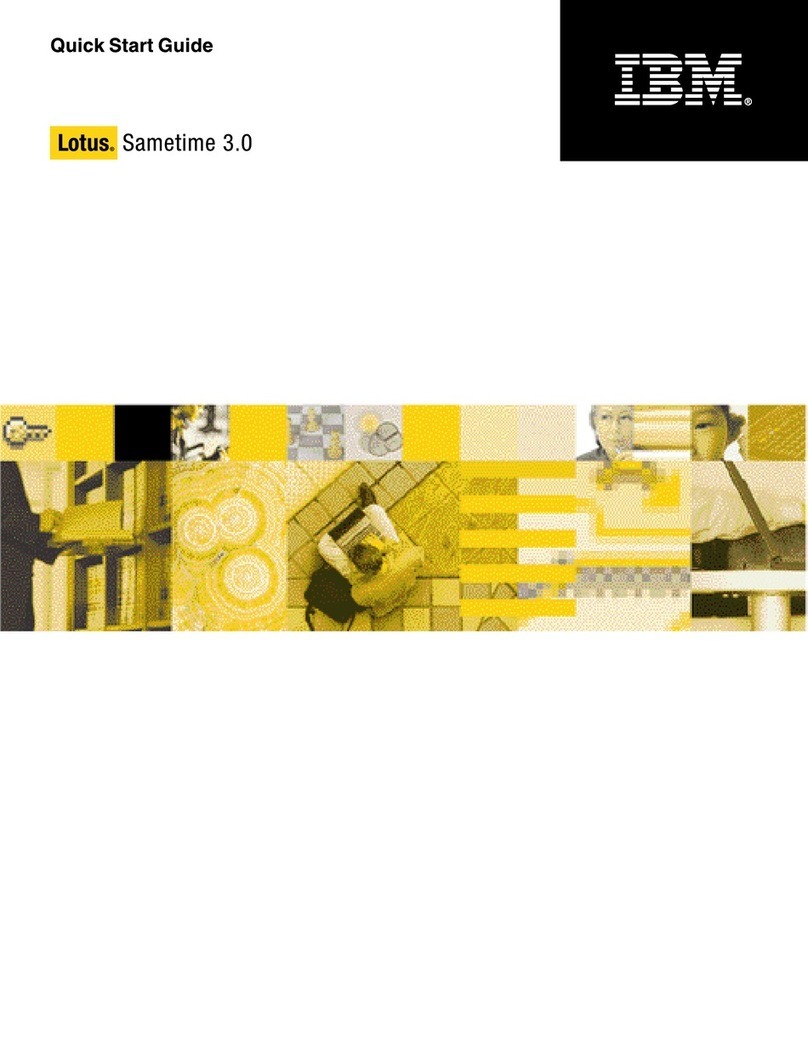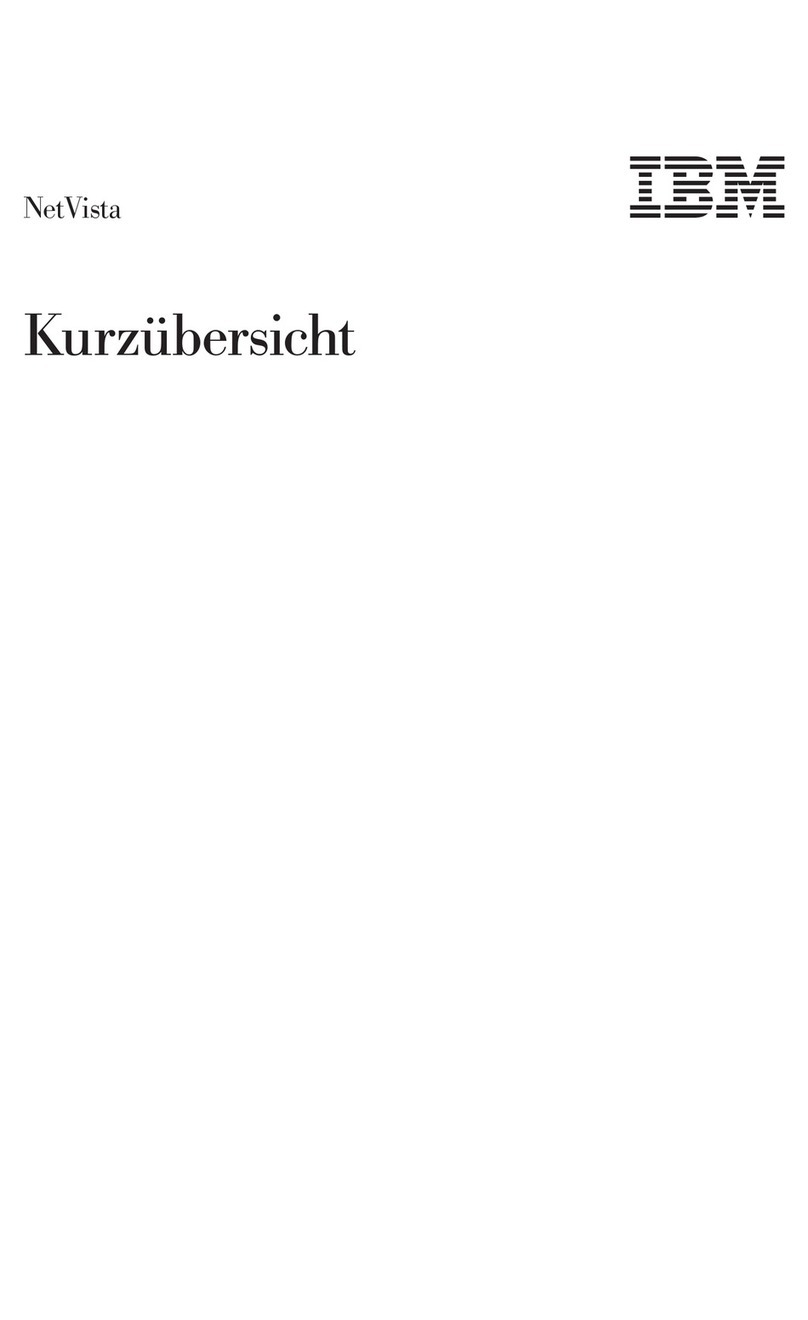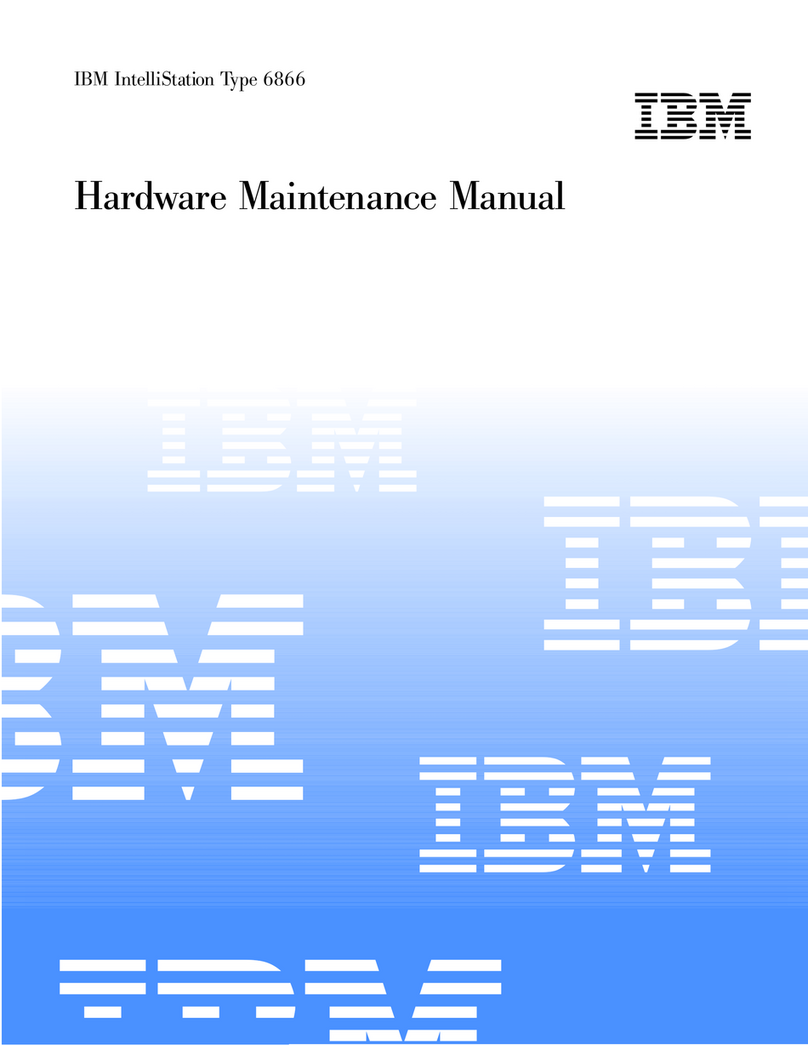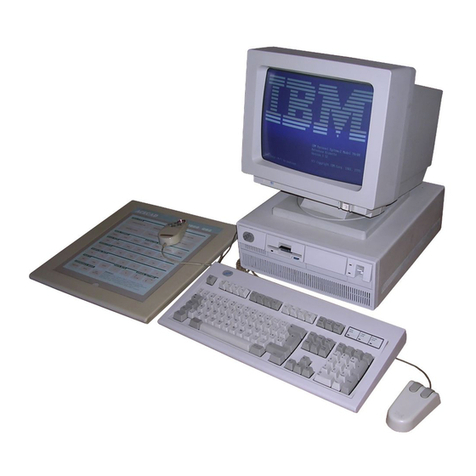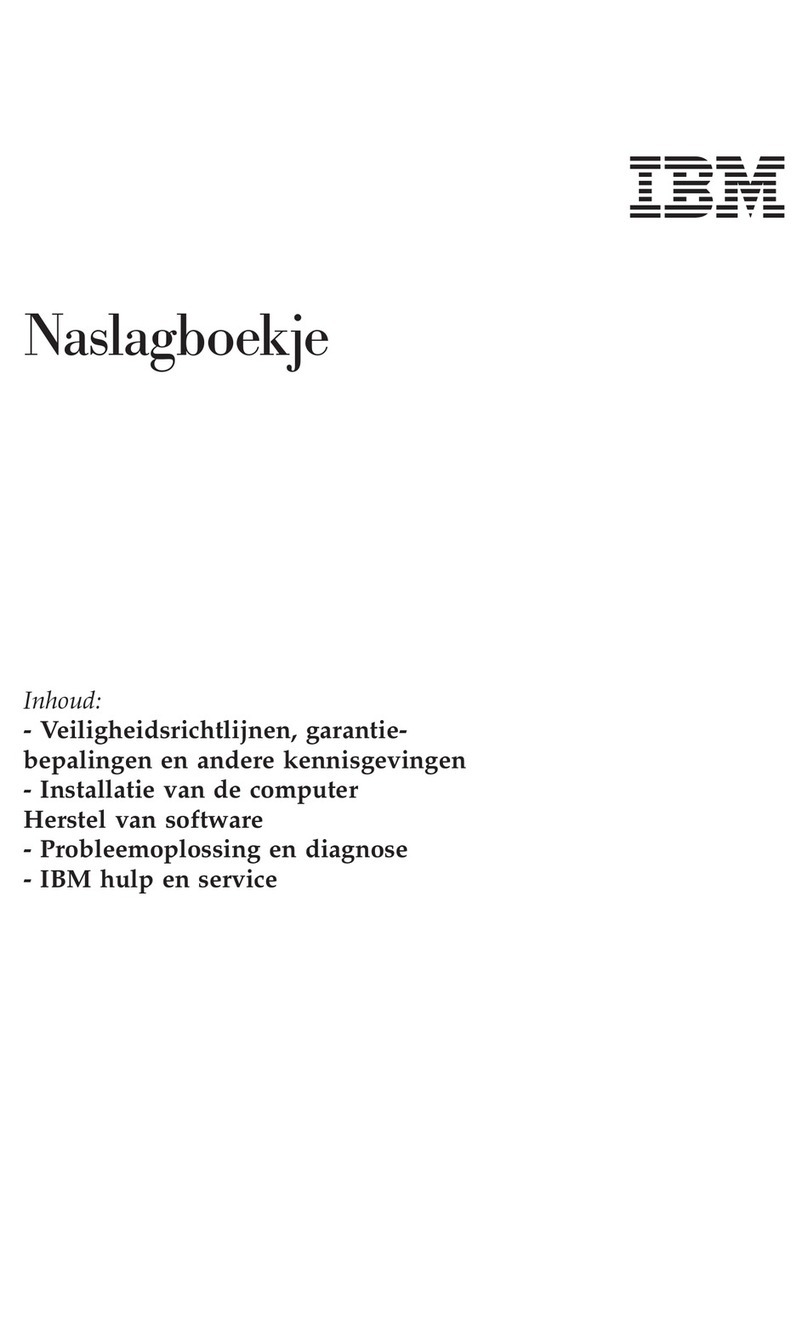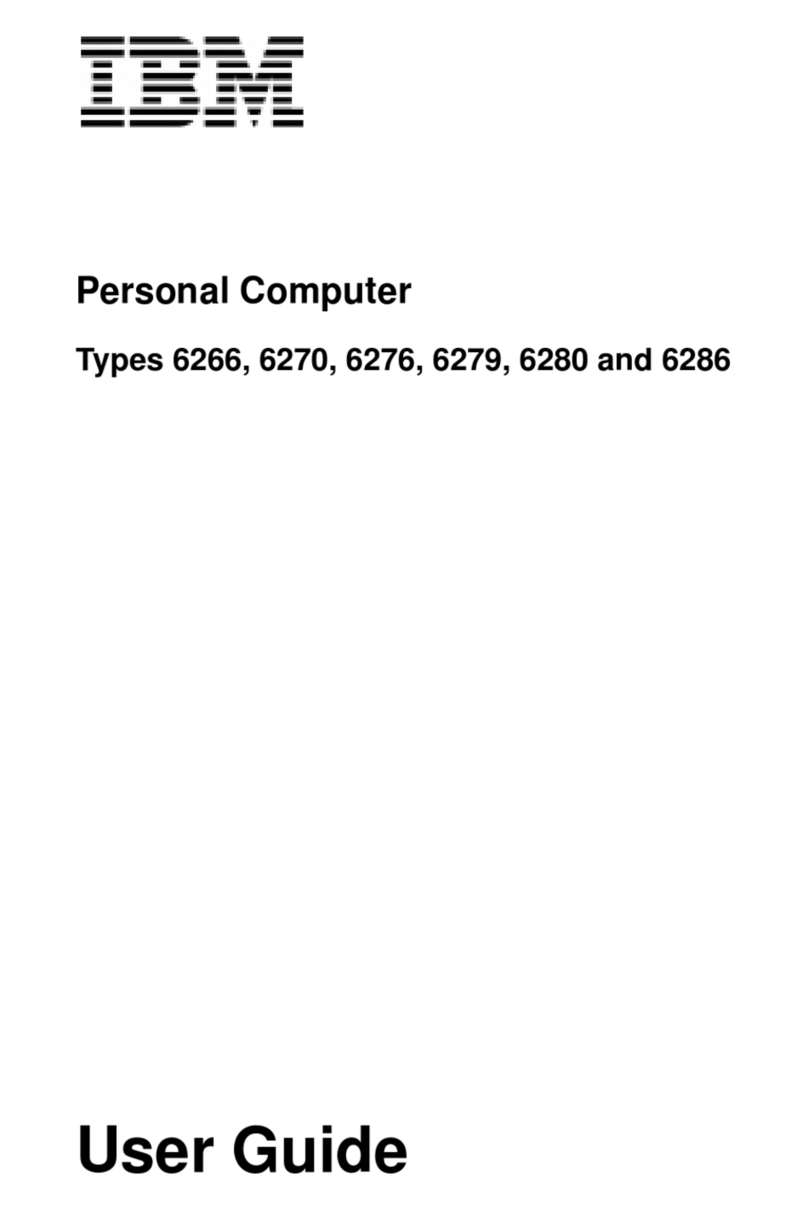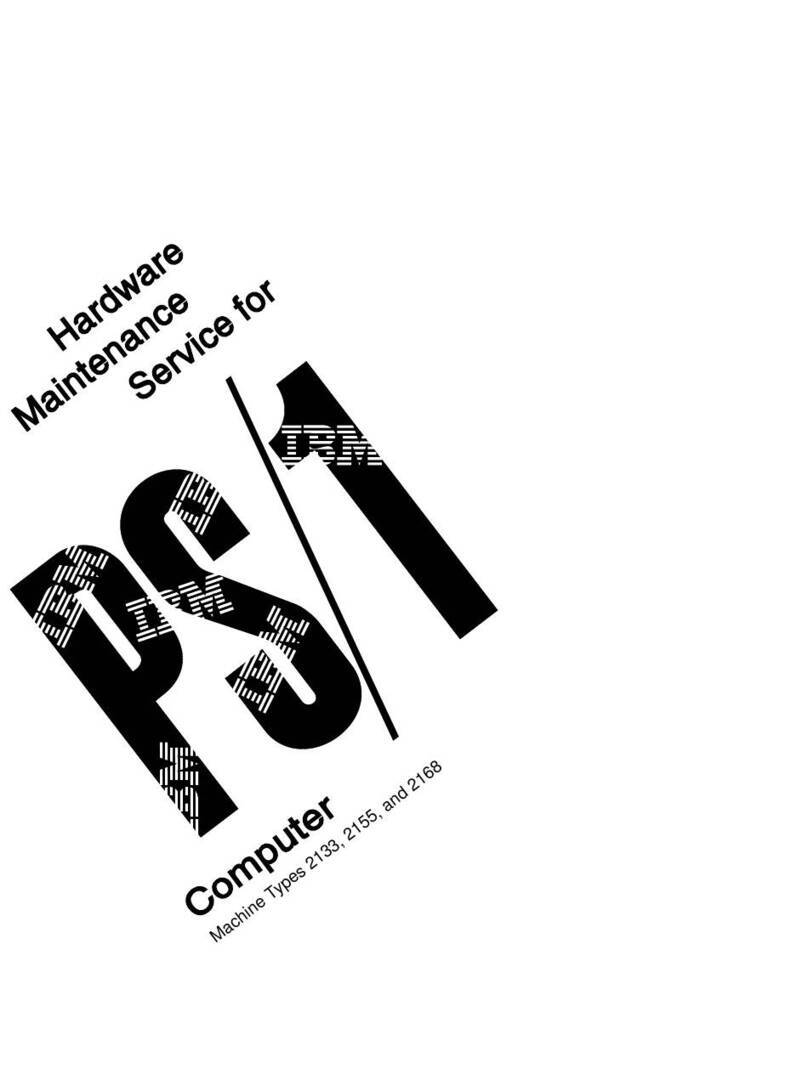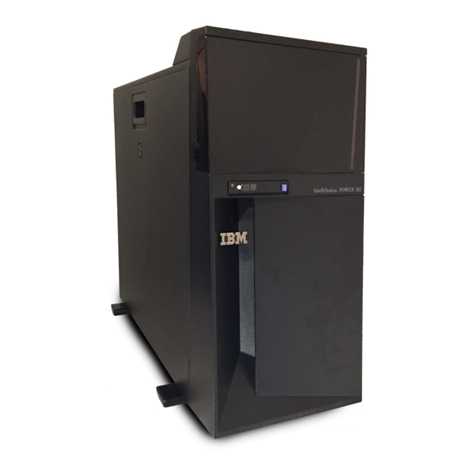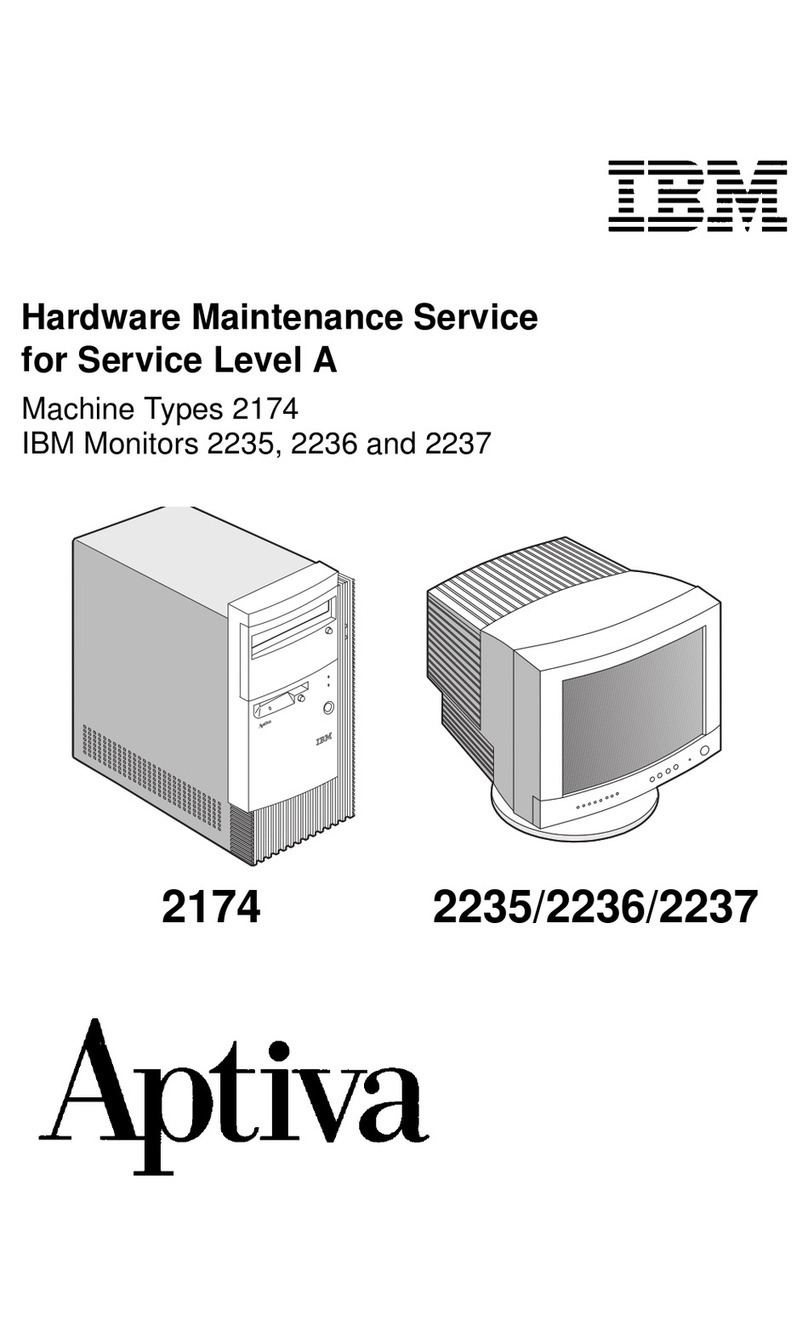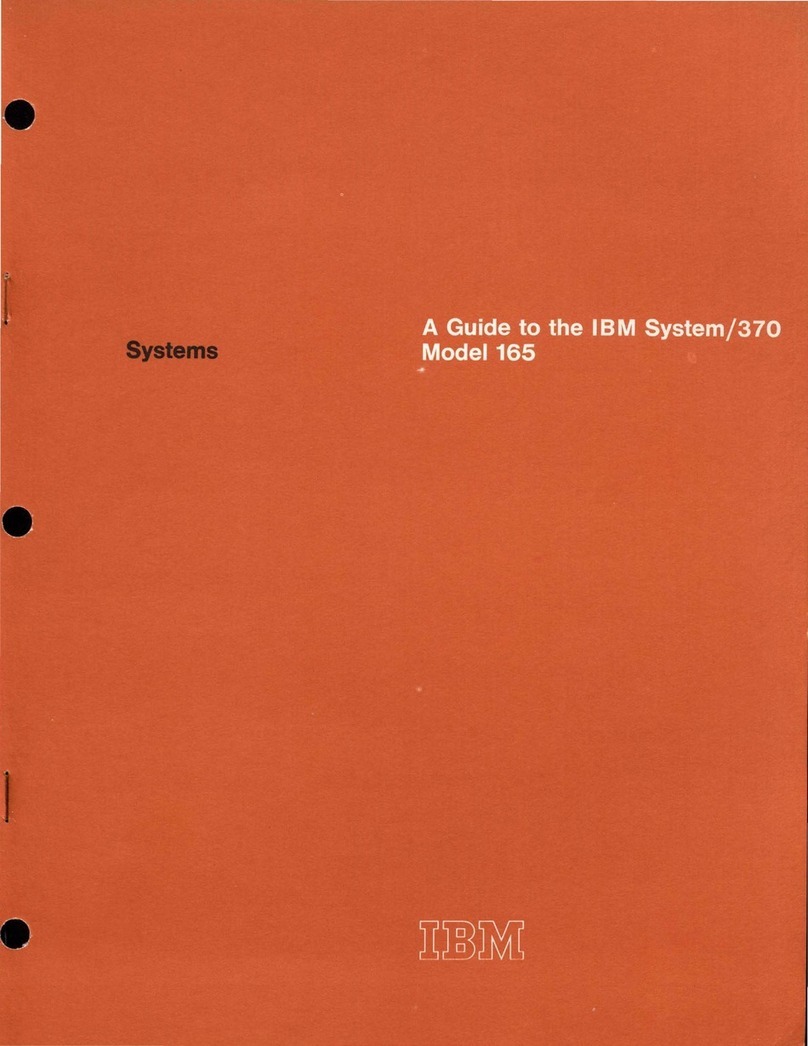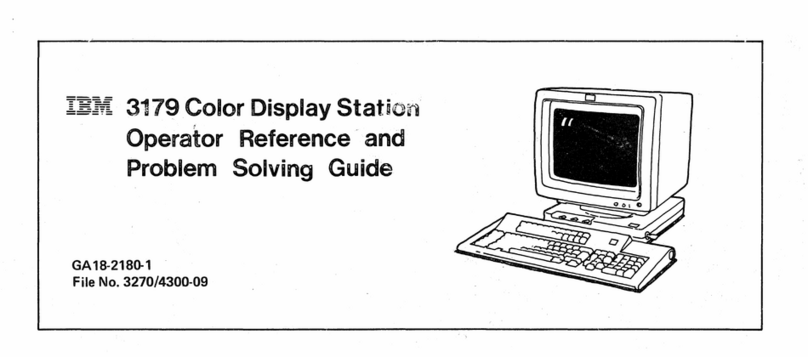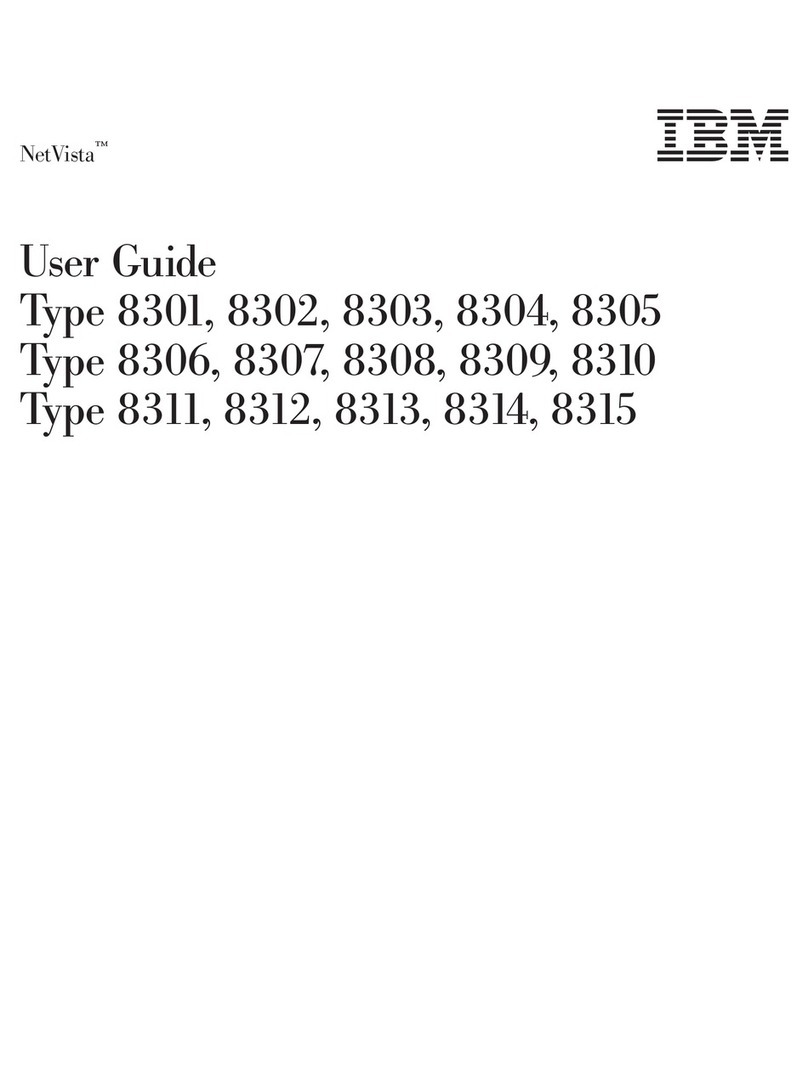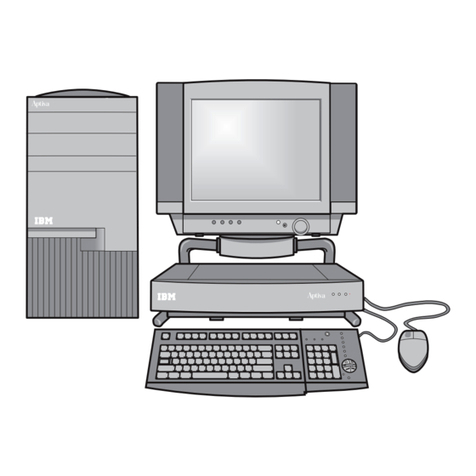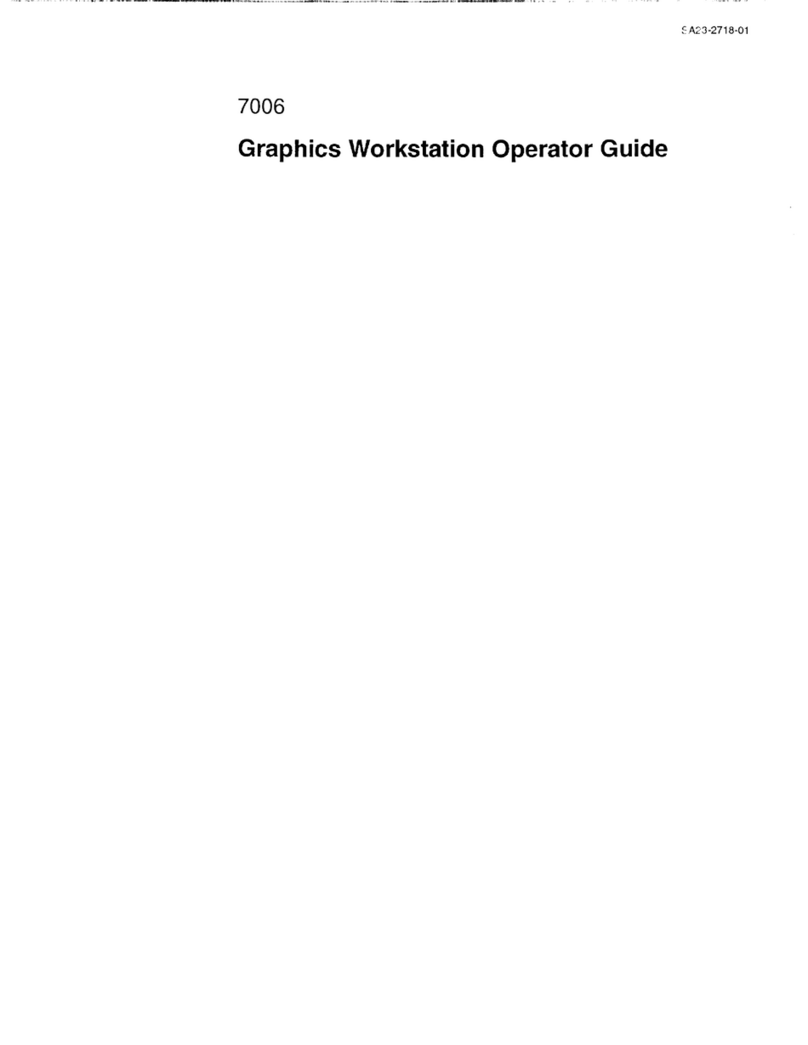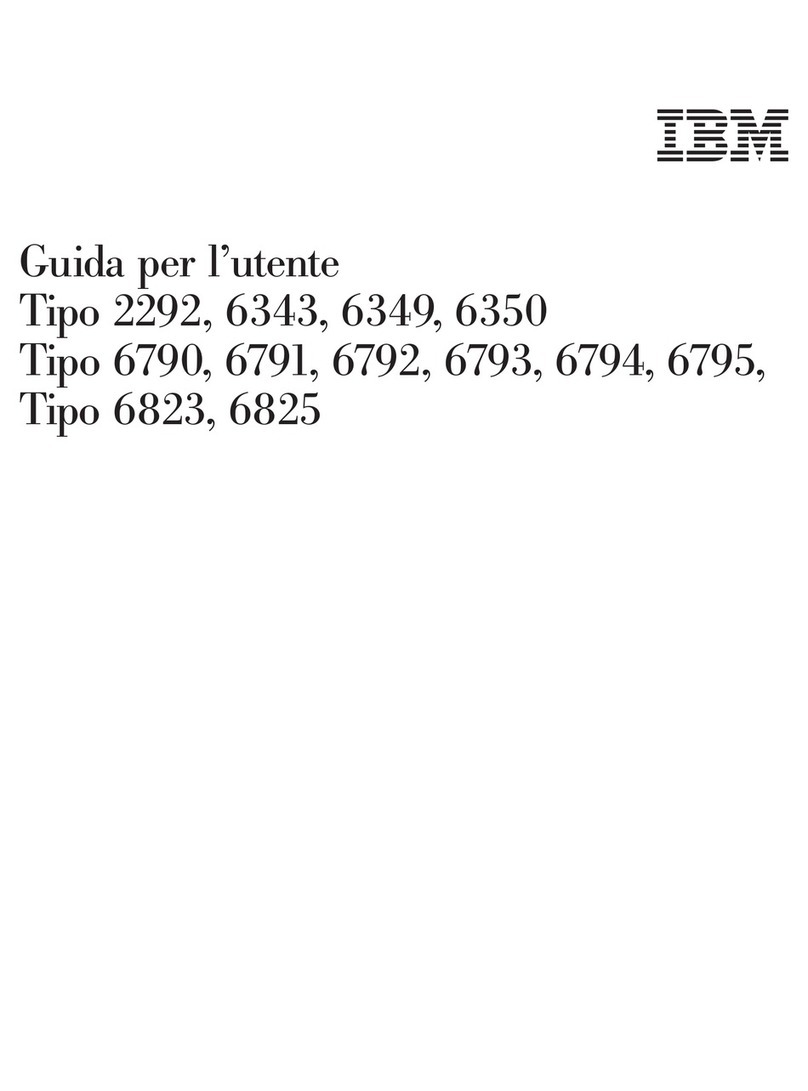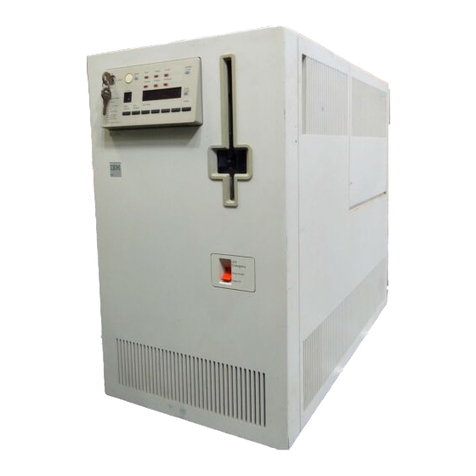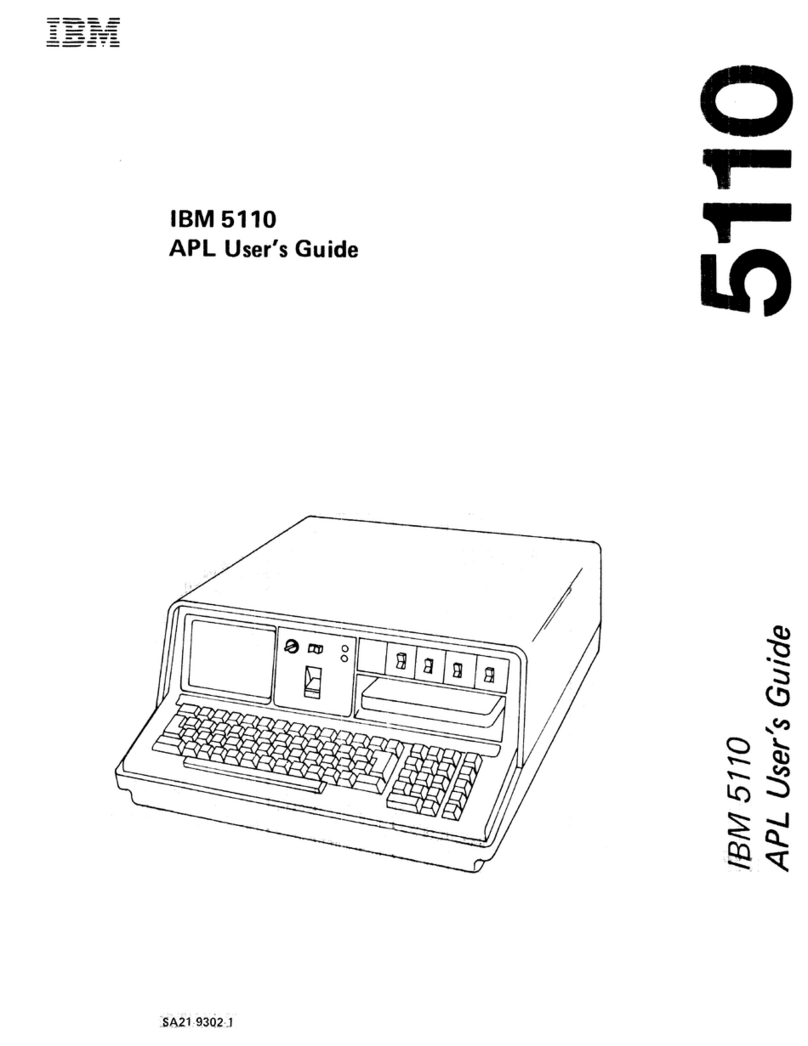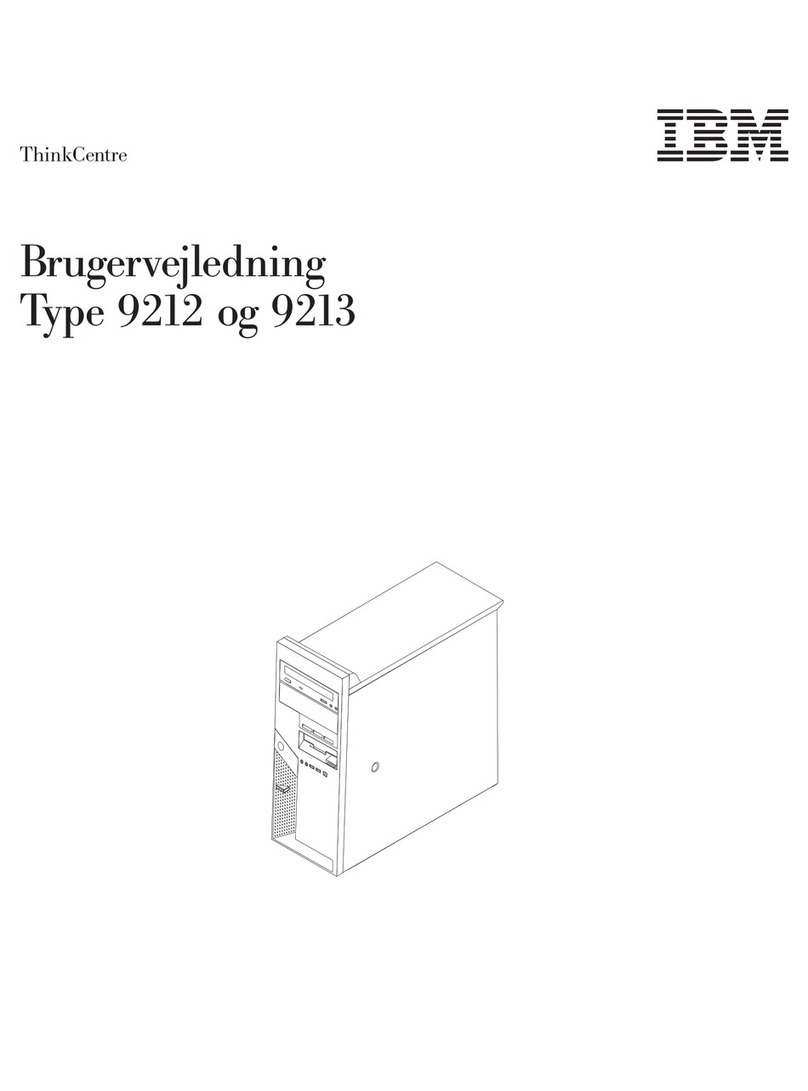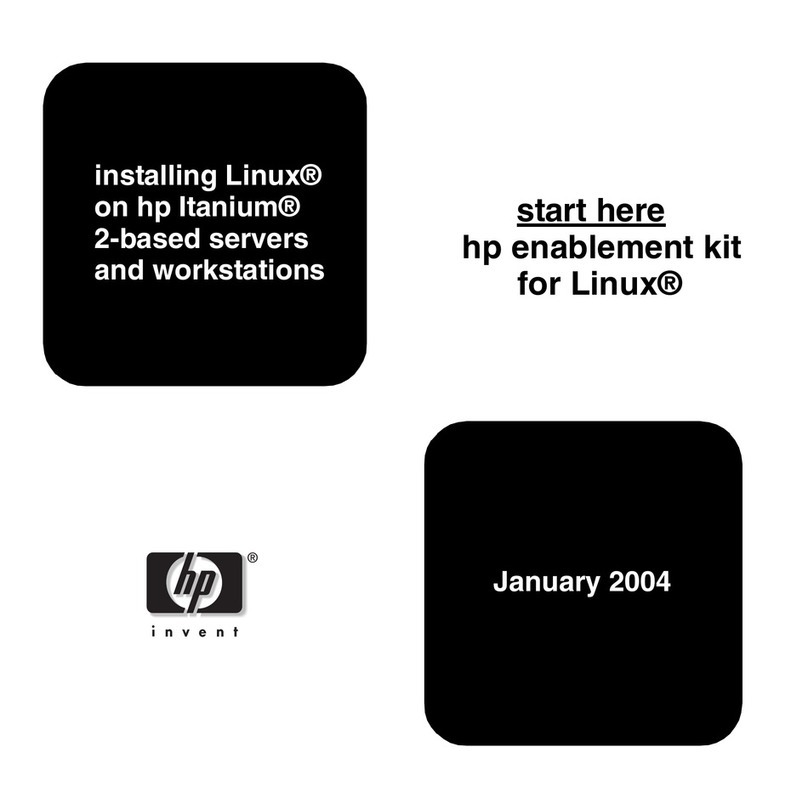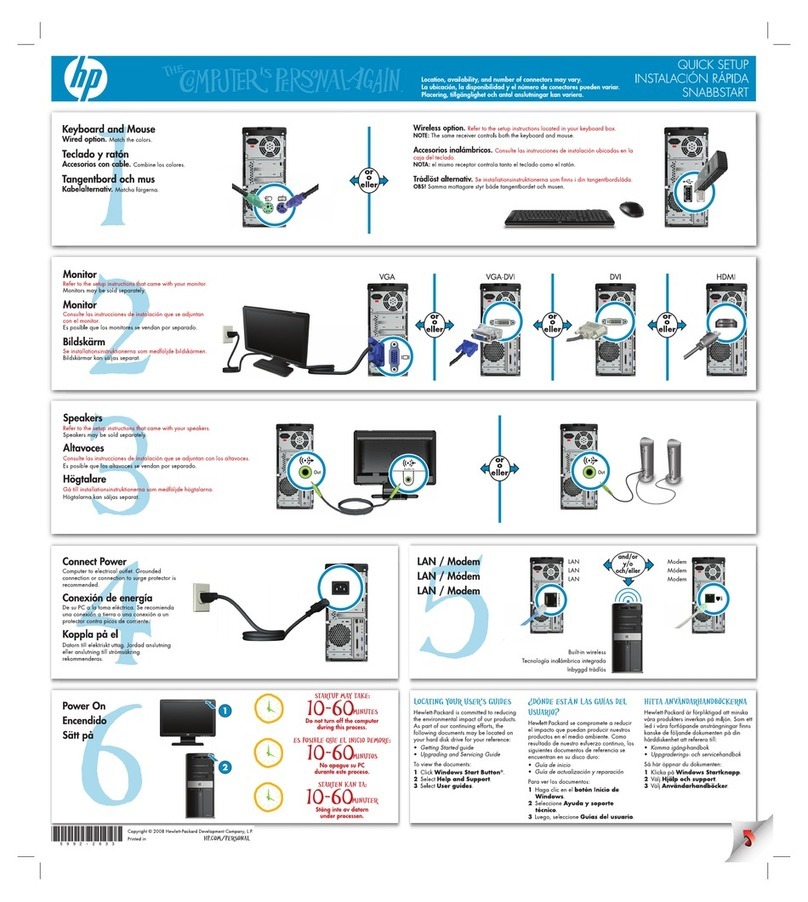
Chapter 4. Power Supply . . . . . . . . . . . . . . . . . . . . . . . . . . . . . . . . . . . . . . . . . . . . 23
Power Input . . . . . . . . . . . . . . . . . . . . . . . . . . . . . . . . . . . . . . . . . . . . . . . . . . . . . 23
Power Output . . . . . . . . . . . . . . . . . . . . . . . . . . . . . . . . . . . . . . . . . . . . . . . . . . . . 23
Component Outputs . . . . . . . . . . . . . . . . . . . . . . . . . . . . . . . . . . . . . . . . . . . . . . . . 24
Output Protection . . . . . . . . . . . . . . . . . . . . . . . . . . . . . . . . . . . . . . . . . . . . . . . . . . 25
Connector Description . . . . . . . . . . . . . . . . . . . . . . . . . . . . . . . . . . . . . . . . . . . . . . . 25
Chapter 5. System Software . . . . . . . . . . . . . . . . . . . . . . . . . . . . . . . . . . . . . . . . . . 26
BIOS . . . . . . . . . . . . . . . . . . . . . . . . . . . . . . . . . . . . . . . . . . . . . . . . . . . . . . . . . 26
Plug and Play .................................................... 26
POST . . . . . . . . . . . . . . . . . . . . . . . . . . . . . . . . . . . . . . . . . . . . . . . . . . . . . . . . 26
Configuration/Setup Utility Program ....................................... 27
Advanced Power Management (APM) ...................................... 27
Advanced Configuration and Power Interface (ACPI) ........................... 27
Flash Update Utility Program ........................................... 27
Diagnostic Programs . . . . . . . . . . . . . . . . . . . . . . . . . . . . . . . . . . . . . . . . . . . . . . . . 27
Chapter 6. IBM System Management Tools ................................. 28
Components of IBM System Management Tools ............................... 28
DMI Service Provider .............................................. 28
DM BIOS Instrumentation ........................................... 28
IBM PC System Monitor ............................................ 29
IBM AssetCare . . . . . . . . . . . . . . . . . . . . . . . . . . . . . . . . . . . . . . . . . . . . . . . . . 30
IBM Alert On LAN ................................................ 35
IBM SMART Reaction Client .......................................... 36
SMART Reaction . . . . . . . . . . . . . . . . . . . . . . . . . . . . . . . . . . . . . . . . . . . . . . . . . . 37
IBM SMART Reaction ............................................. 37
How SMART Reaction Responds to a Potential Problem ......................... 38
SMART Reaction Restore Process ...................................... 39
Critical Data Mirroring .............................................. 39
Intel LANDesk Client Manager ........................................ 39
Advanced Configuration and Power Interfaces (ACPI) ............................ 40
Wake on LAN .................................................... 40
Wake on LAN components ........................................... 40
How Wake on LAN works ........................................... 41
Definition of the Wake-up Frame ....................................... 41
Give your IntelliStations a wake-up call ................................... 42
IBM LANClient Control Manager version 2.0 (LCCM) ............................. 42
System Deployment . . . . . . . . . . . . . . . . . . . . . . . . . . . . . . . . . . . . . . . . . . . . . . . 43
Flashing the CMOS or BIOS .......................................... 44
Installing Software . . . . . . . . . . . . . . . . . . . . . . . . . . . . . . . . . . . . . . . . . . . . . . . . 44
LCCM New Client Scenario .......................................... 44
Low-level Management . . . . . . . . . . . . . . . . . . . . . . . . . . . . . . . . . . . . . . . . . . . . . 45
Chapter 7. System Compatibility . . . . . . . . . . . . . . . . . . . . . . . . . . . . . . . . . . . . . . . 46
Hardware Compatibility . . . . . . . . . . . . . . . . . . . . . . . . . . . . . . . . . . . . . . . . . . . . . . 46
Hardware Interrupts . . . . . . . . . . . . . . . . . . . . . . . . . . . . . . . . . . . . . . . . . . . . . . . 47
Diskette Drives and Controller ......................................... 48
Hard Disk Drives and Controller ........................................ 49
Software Compatibility . . . . . . . . . . . . . . . . . . . . . . . . . . . . . . . . . . . . . . . . . . . . . . . 49
Software Interrupts . . . . . . . . . . . . . . . . . . . . . . . . . . . . . . . . . . . . . . . . . . . . . . . 49
Machine-Sensitive Programs . . . . . . . . . . . . . . . . . . . . . . . . . . . . . . . . . . . . . . . . . 49
Appendix A. Connector Pin Assignments .................................. 50
iv Technical Information Manual
